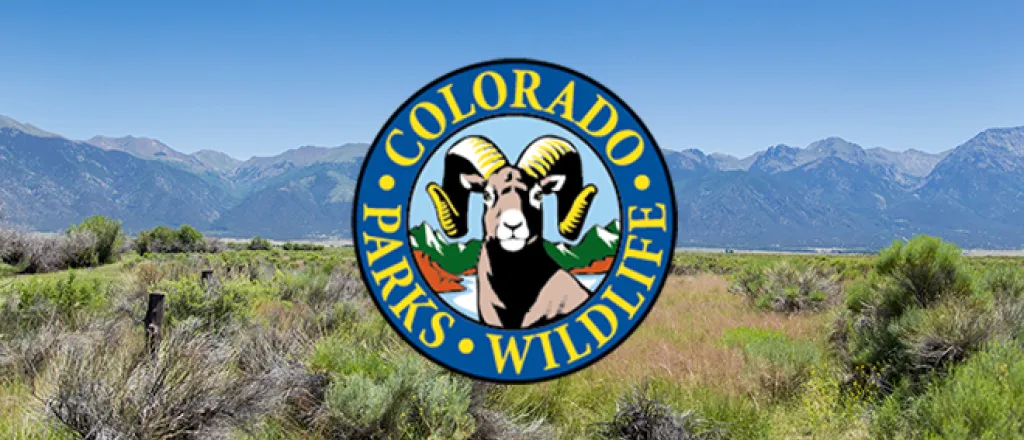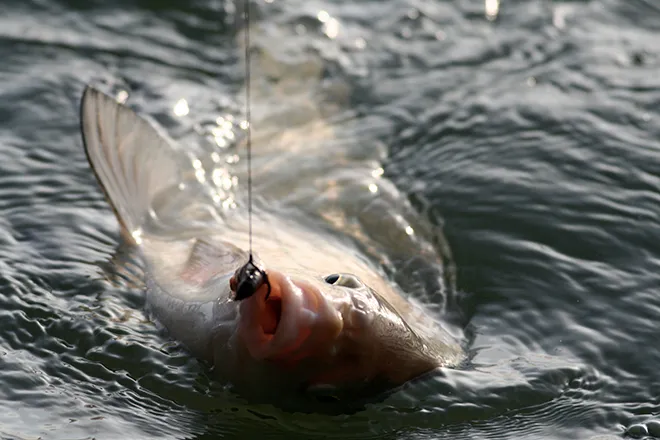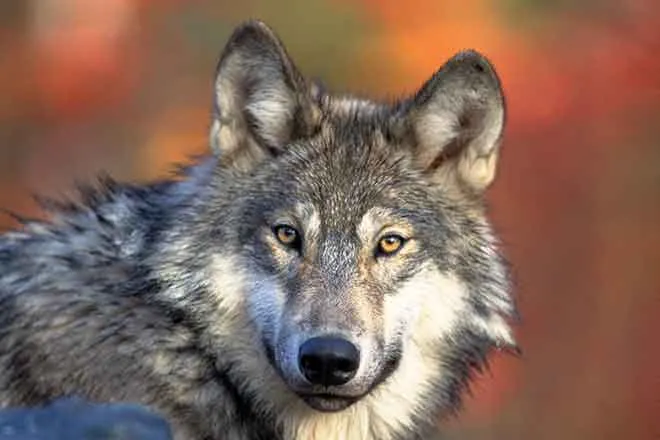
Ranger Station: Don’t stand under the beggartick with anyone else but me
Recently, I was reading a field guide for native plants and the thought struck me: who comes up with the common names of plants like spikenard, beggartick and duckmeat?
We come across odd plants all the time in our parks and I like to know a little about them. So the biologist in me decided to do some research. The first plant I investigated was seasonally appropriate: the mistletoe.
Did the scientist who first identified this plant happen to stub her toe during the Cuban missile crisis and then she spelled it wrong? How did they come up with mistletoe?
Turns out mistletoe is a common name for several types of damaging parasitic plants that impact a variety of tree species. According to Colorado State University’s website, there are six species of mistletoe in Colorado with five of those being dwarf mistletoes.
The dwarf varieties look nothing like the holiday version we are used to seeing with its large leaves and red berries.
The only “true” mistletoe in Colorado only grows on Juniper trees.
Dwarf mistletoe is native to forests from Alaska south to Central America and is a small branching parasite that can be greenish to yellow/orange and are about 6 inches long. They cause severe damage to the tree by causing abnormal growth and produce a tangled mass at the point of infection, which is called a “witches’ broom.”
They have a very sophisticated way of dispersing their seed. In late summer the seeds mature in the female plants, pressure builds up and with a small disturbance the plant explodes its seeds into the air at an impressive rate.
The seeds can land 30+ feet from the original host tree. This process can infect large stands or even an entire forest. The only natural means to stop the infestation is fire. Mistletoe will eventually kill its host tree or shrub whether by infection or by making the tree more susceptible to other diseases or pests. When the host dies so does the mistletoe.
It is thought that Mistletoe became a holiday symbol because it was one of the only small plants to remain green in the winter. The tradition of kissing under the plant came from the red berries, which was a sign of reproduction.
Kiss under the mistletoe but keep it away from your pets. It’s toxic.
Now for the fun part, its name. Having thought that the little plant grew on bird poop, the word for dung “mistel” and twig “tan”, basically a plant growing on poop. Misteltan was morphed over time into mistletoe. While the bird poop was a coincidence more than a necessity to the plant, the name stuck.
Just think about that when you pull your significant other under the mistletoe for kiss, you are standing under a parasite named after poop.
Maybe in a later article we can address some of the other names. Since I work for Colorado Parks and Wildlife, I probably ought to investigate duckmeat.
















